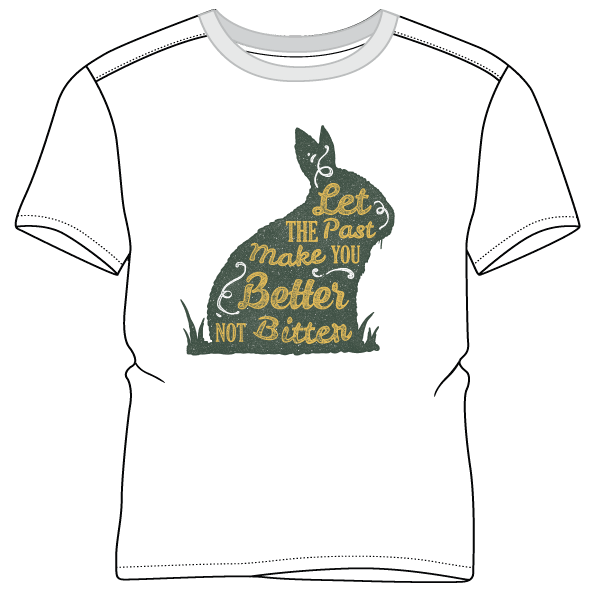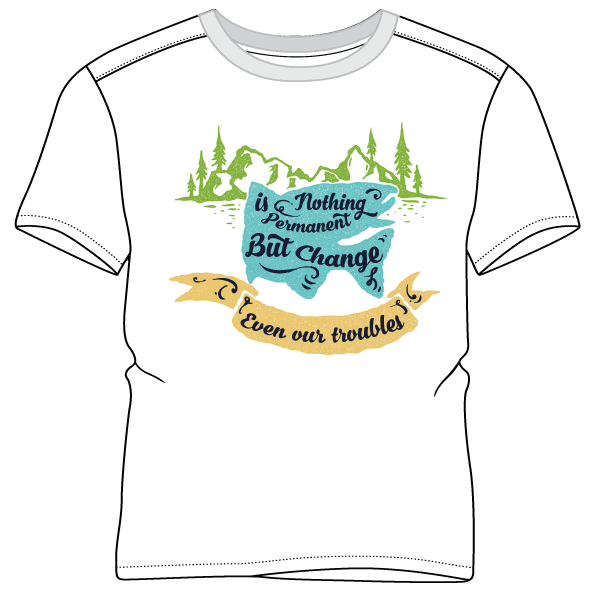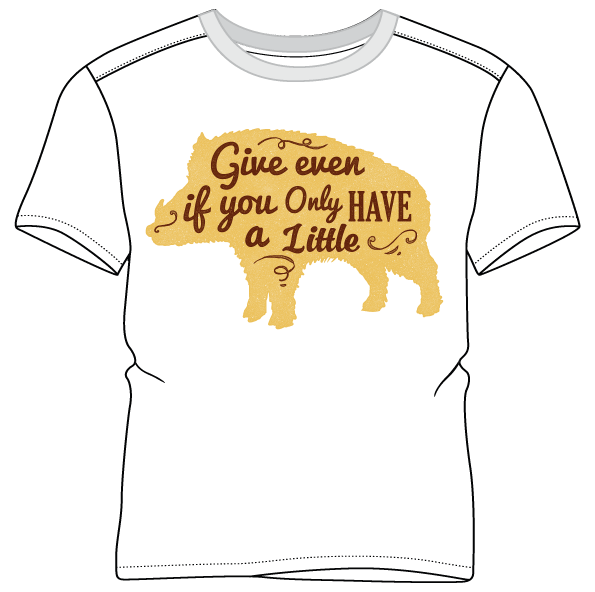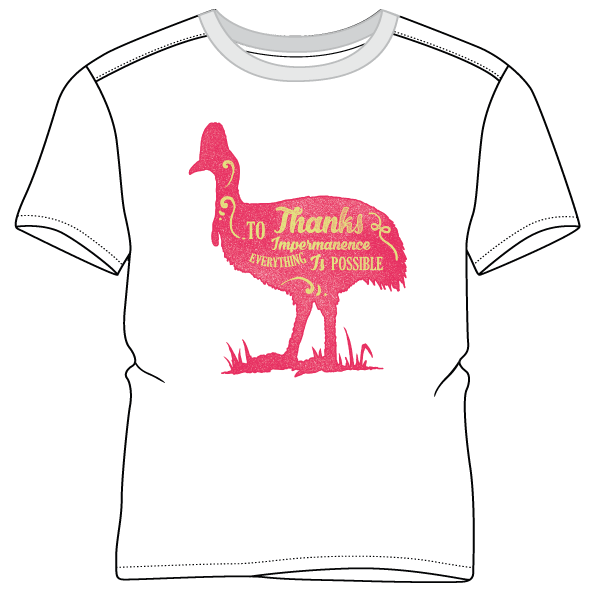Table of contents
Tee printing has become one of the most popular and creative ways to express individuality, promote businesses, or launch a brand. From custom designs for personal wear to mass-produced promotional shirts, the art of tee printing has evolved into a billion-dollar global industry. Whether you’re a small business owner, an artist, or simply someone who wants to make unique shirts, understanding different tee printing techniques can help you make the right choices for quality, cost, and design impact.
In this comprehensive guide, we’ll explore the top 10 tee printing techniques — from traditional screen printing to advanced digital methods like Direct-to-Garment (DTG). You’ll learn how each method works, its pros and cons, and which ones are best suited for your creative or business goals.
1. Screen Printing
When it comes to tee printing, screen printing remains the gold standard. This classic technique involves pushing ink through a mesh stencil (or “screen”) onto the fabric. Each color in the design requires a separate screen, making it ideal for bold, vibrant graphics and bulk orders.
Why It’s Popular:
- Delivers high-quality, durable prints that last through many washes.
- Perfect for large quantities, reducing cost per shirt.
- Works best on cotton fabrics.
Downsides:
- Setup costs are high for small runs.
- Limited for designs with many colors or gradients.
For businesses looking to print hundreds of tees with consistent quality, tee printing through screen printing is one of the best investments.

2. Direct-to-Garment (DTG) Printing
Among modern tee printing innovations, Direct-to-Garment (DTG) is a game-changer. DTG printers operate much like inkjet printers — but instead of paper, they print directly onto fabric using specialized textile inks.
Advantages:
- Ideal for detailed and colorful designs.
- No setup required, perfect for one-off or small orders.
- Environmentally friendly water-based inks.
Limitations:
- Works best on 100% cotton shirts.
- Print durability depends on fabric treatment.
DTG is perfect for tee printing businesses that cater to custom, on-demand orders, such as online stores or small brands looking to test designs before mass production.
3. Heat Transfer Printing
Heat transfer is another widely used tee printing method, especially for DIY creators and small businesses. This process uses heat and pressure to transfer a printed design from a special transfer paper onto the fabric.
Pros:
- Great for full-color designs and photographs.
- Simple equipment; even home users can start easily.
- Quick turnaround time for small batches.
Cons:
- Prints may crack or peel over time.
- Less breathable than other methods.
Heat transfer tee printing is ideal for short-run custom shirts, event tees, and promotional products where speed and versatility matter more than long-term durability.
4. Vinyl Cutting
For sleek, bold designs, vinyl cutting is a tee printing technique that offers sharp, durable results. A vinyl cutter machine slices out designs from colored vinyl sheets, which are then heat-pressed onto the fabric.
Why People Love It:
- Produces a professional look with clean edges.
- Perfect for lettering, names, and logos.
- Durable and resistant to fading.
Drawbacks:
- Not suitable for complex, multi-colored designs.
- Can feel heavy on the shirt.
Vinyl cutting is a great tee printing option for sports jerseys, team uniforms, and corporate apparel that require names and numbers.

5. Dye Sublimation
Dye sublimation is a tee printing process that uses heat to transfer dye onto polyester fabrics. The ink turns into gas and permanently embeds itself into the fibers, resulting in long-lasting and vibrant prints.
Advantages:
- Designs won’t crack, fade, or peel.
- Produces bright, full-color prints with photographic detail.
- Perfect for all-over prints.
Limitations:
- Only works on light-colored polyester fabrics.
- Not suitable for cotton shirts.
For brands focused on sportswear or performance tees, dye sublimation is one of the most advanced tee printing methods available.
6. Plastisol Transfers
Plastisol transfers combine elements of screen printing and heat transfer. The design is first screen printed onto a special transfer sheet, then heat-pressed onto the shirt. This tee printing method maintains the quality of screen printing while offering more flexibility for on-demand production.
Benefits:
- High-quality, durable prints.
- Ideal for short runs or multiple design variations.
- Allows pre-made designs for faster fulfillment.
Disadvantages:
- Requires proper heat press technique.
- Can have a slightly rubbery texture.
Plastisol transfer tee printing is a smart choice for businesses that want screen-print-level results without printing directly onto every shirt.
7. Discharge Printing
Discharge printing is a tee printing technique that uses a special ink to remove the shirt’s original dye and replace it with a new color. It’s especially popular for vintage or soft-feel designs on darker shirts.
Why It’s Unique:
- Produces soft prints that feel part of the fabric.
- Works beautifully on 100% cotton garments.
- Ideal for retro or faded looks.
Challenges:
- Limited color control on certain fabrics.
- Requires skilled handling of chemicals.
For artists and boutique brands, discharge tee printing offers an organic, stylish finish that stands out in the fashion world.

8. Water-Based Printing
Water-based inks are a sustainable tee printing option that soak into the fabric rather than sitting on top. This creates a soft, breathable print that feels natural to the touch.
Advantages:
- Eco-friendly and non-toxic.
- Produces lightweight, comfortable prints.
- Excellent for vintage or subtle designs.
Drawbacks:
- Not ideal for dark fabrics without an underbase.
- Colors may fade faster than plastisol inks.
Water-based tee printing is increasingly favored by eco-conscious brands aiming to reduce their environmental footprint without sacrificing design quality.
How to Design and Print T Shirts Like a Pro: Step-by-Step Guide for Beginners
9. Puff Printing
A creative twist on traditional tee printing, puff printing involves mixing an additive into plastisol ink that expands when heated, creating a raised, 3D texture on the design.
Why It’s Trending:
- Adds tactile appeal and dimension to prints.
- Great for logos, lettering, and graphic highlights.
- Works well in combination with other print styles.
Considerations:
- Best used sparingly for emphasis.
- Can be tricky to control puff consistency.
Puff tee printing is perfect for fashion brands and streetwear designers who want to add extra character to their apparel.

10. Flock Printing
Flock printing adds texture and luxury to tee printing projects by using fine fibers (flock) that stick to adhesive ink, creating a velvety surface.
Why You’ll Love It:
- Unique tactile feel and premium look.
- Works well for lettering and accents.
- Long-lasting when properly applied.
Downsides:
- Limited to specific design types.
- Not ideal for detailed or photo-like prints.
Flock tee printing is commonly seen in high-end apparel, promotional shirts, and special edition merchandise. It adds sophistication and uniqueness to any design.
Choosing the Right Tee Printing Technique
With so many tee printing options available, choosing the right one depends on your goals, budget, and fabric type. Consider the following factors before deciding:
1. Quantity:
- Large orders? Go with screen printing or plastisol transfers.
- Small batches or one-offs? DTG or heat transfer is ideal.
2. Fabric Material:
- Cotton: Works best with screen, DTG, discharge, or water-based printing.
- Polyester: Use sublimation or plastisol transfers.
3. Design Complexity:
- Simple logos: Vinyl or puff printing.
- Detailed artwork: DTG, sublimation, or water-based printing.
4. Budget and Equipment:
- For startups: Heat transfer or vinyl cutting.
- For professionals: Screen printing or DTG for scalability.
Matching your tee printing technique to your project ensures top-notch results every time.
The Future of Tee Printing
The tee printing industry continues to evolve rapidly with technology. Digital advancements like hybrid printing — combining screen and DTG methods — are revolutionizing production speed and color accuracy. Moreover, sustainable inks and eco-friendly materials are shaping a greener future for tee printing.
Brands and creators are also exploring AI-powered design tools, automated fulfillment, and direct-to-film (DTF) printing — another emerging technology bridging the gap between traditional and digital techniques.
As consumers demand customization, sustainability, and creativity, tee printing will remain at the heart of self-expression and brand identity.
Conclusion
Tee printing is more than just putting ink on fabric — it’s an art, a business, and a form of communication. From the timeless appeal of screen printing to the innovation of Direct-to-Garment (DTG) and beyond, each method offers unique possibilities.
Whether you’re launching your first clothing line, personalizing shirts for an event, or simply exploring your creativity, understanding the top 10 tee printing techniques will help you choose the right approach for your needs.
With the right knowledge and tools, anyone can turn a blank t-shirt into a canvas of expression — and that’s the true power of tee printing.
🔥 Boost Your Brand with These Free Open-Source T-Shirt Templates! 🔥